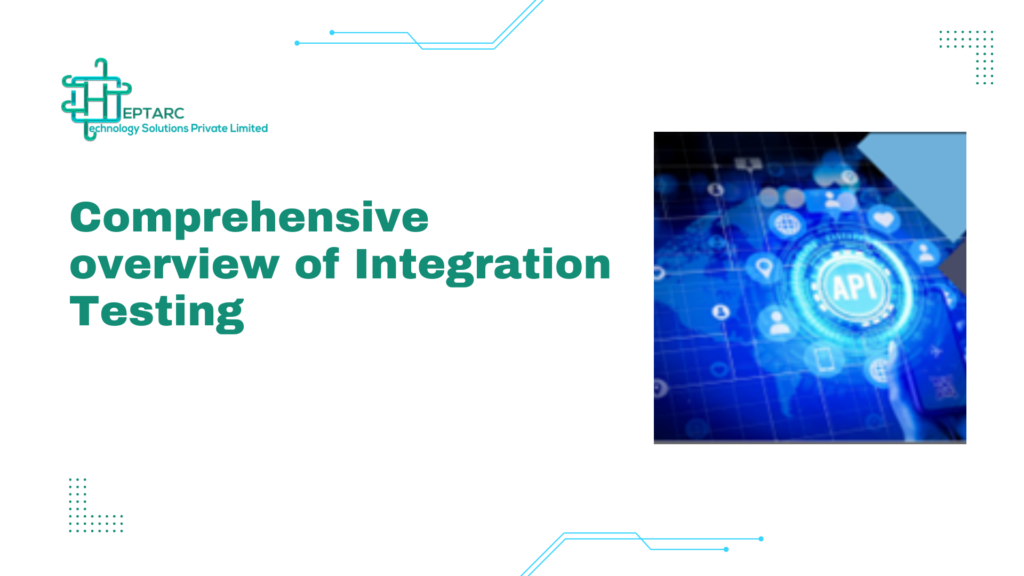Introduction
In this presentation, we will explore the Complete Performance Testing Process. Performance testing is crucial for ensuring that applications meet user expectations and can handle the anticipated load. We will cover the key steps involved in this process.
Table of content
- Introduction to Performance Testing
- Understanding Performance Testing
- Types of Performance Testing
- Performance Testing Tools
- Defining Test Objectives
- Test Environment Setup
- Test Design and Strategy
- Executing Performance Tests
- Monitoring and Analysis
- Reporting Results
- Continuous Performance Testing
- Conclusion
- Best Practices
Understanding Performance Testing
Performance testing assesses the speed, scalability, and stability of an application under various conditions. It aims to identify bottlenecks and ensure that the system performs efficiently under expected workloads.

Types of Performance Testing
There are several types of performance testing, including Load Testing, Stress Testing, and Endurance Testing. Each type serves a specific purpose and helps in evaluating different aspects of performance.

Performance Testing Tools
Various tools are available for performance testing, such as JMeter, LoadRunner, and Gatling. These tools help simulate user load and analyze performance metrics effectively.
Defining Test Objectives
Before initiating performance testing, it is essential to define clear test objectives. Objectives should align with business goals and user expectations to ensure relevant outcomes.
Test Environment Setup
Setting up a proper test environment is crucial for accurate performance testing. This includes configuring hardware, software, and network settings to closely resemble the production environment.
Test Design and Strategy
Developing a robust test design and strategy involves identifying scenarios, user journeys, and defining load patterns. This ensures comprehensive coverage of potential performance issues.
Executing Performance Tests
Once the environment and strategy are set, the next step is executing performance tests. This involves running the tests and collecting data on various performance metrics.
Monitoring and Analysis
During and after testing, it is vital to monitor system performance and analyze the results. This helps identify any performance bottlenecks or areas needing improvement.
Reporting Results
After analysis, compiling a comprehensive report is essential. The report should detail findings, recommendations, and any identified issues to guide further development.
Continuous Performance Testing
Incorporating continuous performance testing into the development cycle ensures that performance is regularly evaluated. This approach helps in maintaining optimal performance as the application evolves.
Bibliography
https://www.opentext.com/what-is/performance-testing
https://www.simplilearn.com/what-is-performance-testing-article
CONCLUSION
In conclusion, a comprehensive performance testing process is vital for delivering high-quality software. Following best practices throughout the process can significantly enhance application performance and user satisfaction.














February 1, 2024
0 comments